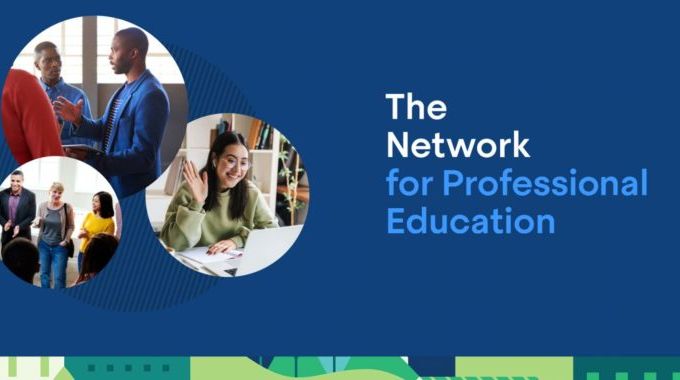Re-envisioning Assessment of Student Learning in Remote and Hybrid Modalities
When I first began my teaching career, my late father’s advice to me was: “Assess your students based on what they do know, and what they can do, not based on what they don’t know and what they cannot do”, and while those words have always helped shape my assessment strategies, I have found them especially fitting to our new way of teaching in remote and hybrid modalities. As instructors, we need to highlight what students know, and help students fill in the learning gaps by engaging them with the content in creative ways.
While exams may be the most common assessment task for a variety of reasons, many instructors have specifically noted the challenges of assessing students’ learning online. Remote exams raise concerns such as issues related to academic integrity, student access to reliable technology, potential exam monitoring software errors, and access to a quiet exam space. An additional consideration in the COVID-19 era is students’ mental well-being, considering the added stress exams can produce even in the best of circumstances. Given the challenges online exams may pose, it may be time to look at this as a new opportunity to re-shape some of our assessment strategies.
“As instructors, we need to highlight what students know, and help students fill in the learning gaps by engaging them with the content in creative ways.”
Exploring Alternative Assessments
Building in opportunities for ongoing, alternative assessment tasks (e.g. online discussion sessions, presentations, debates, group projects, collaborative testing, online journaling, metacognitive/self-reflection tasks, etc.) gives students multiple opportunities to improve upon and reinforce their knowledge and skills throughout the semester. Alternative assessments address a variety of learning styles and engage the learners, while highlighting where students are in the learning process. They also provide evidence of learner engagement and participation, two key factors in the success of a remote or hybrid class.
For example, in classes with more than 20 students, keeping track of student participation poses its own challenges; however, the online modality of courses provides opportunities to track student participation in a more quantifiable manner (e.g. asking students to contribute to the chat box of the online platform, and saving the chat file may be a chance for instructors to track student written participation). Given that students may not be accustomed to being graded for classroom participation, it is important to set clear expectations and, if possible, share a rubric outlining the participation and discussion grading criteria.
The Power of Feedback
These ongoing alternative tasks provide more opportunities for instructors to give feedback to students’ applied knowledge, and as a result close the learning gaps. For example, in remote and hybrid modalities, students could create a 1-2-minute video explaining the solution to a problem set. This gives the instructors an opportunity to follow the students’ thought process more closely, something that may not be as clear for the instructor during an exam. Students may also create short argument videos to engage in an asynchronous debate on a course topic. This assessment task can be implemented as an individual or team activity over the course of a few days or even weeks, providing the instructor with an opportunity to gauge students’ learning, fill any learning gaps through on-the-spot feedback, and grade the students’ work.
Introducing Low-stakes Tasks
Since the primary emphasis of these tasks is student learning and identifying the learning gaps, not all tasks need to be formally graded. In fact, some of the smaller low-stakes tasks may lead to a larger graded project. Incorporating these low-stakes tasks allows for the scaffolding of the content, and eliminates the added stress factor of high-risk assessment tasks for the students.
These alternative assessment tasks allow students to apply the knowledge they gain from their courses in meaningful ways that can be transferred to new contexts. The remote and hybrid modalities are providing unique opportunities for instructors to monitor from the side-lines and watch students learn and flourish while engaging in collaborative, creative and critical thinking. It seems to be the prime time to take advantage of these learning opportunities for students and instructors alike.
 About the Author: Dr. Pary Fassihi was a Senior Lecturer in the College of Arts & Sciences Writing Program, a Faculty Consultant on Digital Learning Modules as well as a Faculty Consultant at BU’s Center for Teaching & Learning at the time of publication.
About the Author: Dr. Pary Fassihi was a Senior Lecturer in the College of Arts & Sciences Writing Program, a Faculty Consultant on Digital Learning Modules as well as a Faculty Consultant at BU’s Center for Teaching & Learning at the time of publication.


